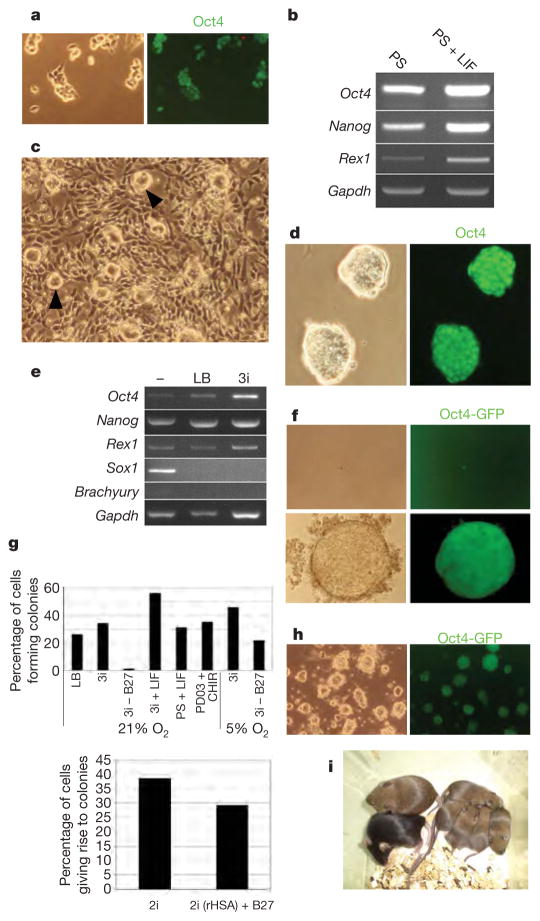Figure 1. Three inhibitors (3i) support robust self-renewal and de novo derivation of pluripotent ES cells.
a, Immunostaining of E14Tg2a ES cells with Oct4 after four passages in N2B27 plus PD184352 and SU5402 (PS). b, RT–PCR analysis of marker expression in ES cells in N2B27 containing PS with or without LIF. Gapdh, gene encoding glyceraldehyde-3-phosphate dehydrogenase. c, Low-magnification phase-contrast image of ES cells passaged in N2B27 plus CHIR99021 showing a mixture of differentiated cells with compact undifferentiated colonies (arrowheads). d, Immunostaining with Oct4 after several passages in N2B27 plus 3i, showing compact colony morphology. e, RT–PCR analysis of marker expression in ES cells cultured in N2B27 alone (−) or with LIF and BMP4 (LB) or 3i. f, Phase and fluorescence images of expansion from a single Oct4GiP ES cell in 3i. g, Cloning efficiencies of E14Tg2a ES cells after single-cell deposition in the indicated conditions (top), and in CHIR99021 plus PD0325901 (2i, see Fig. 2) with or without B27, or with the replacement of serum albumin with recombinant albumin (rHSA) (bottom; experiment performed in 5% O2). h, Oct4GIP ES cells cultured for five passages (total 28 days) in basal medium supplemented with transferrin and BSA only plus 3 μM CHIR99021, 0.5 μM PD184352 and 1 μM SU5402. i, Chimaera and germline offspring produced from CBA ES cells derived in 3i. Chimaera showing extensive contribution of CBA (agouti coat colour) ES cells mated with C57BL/6 (black) produced agouti pups, indicating the transmission of the CBA genome.

